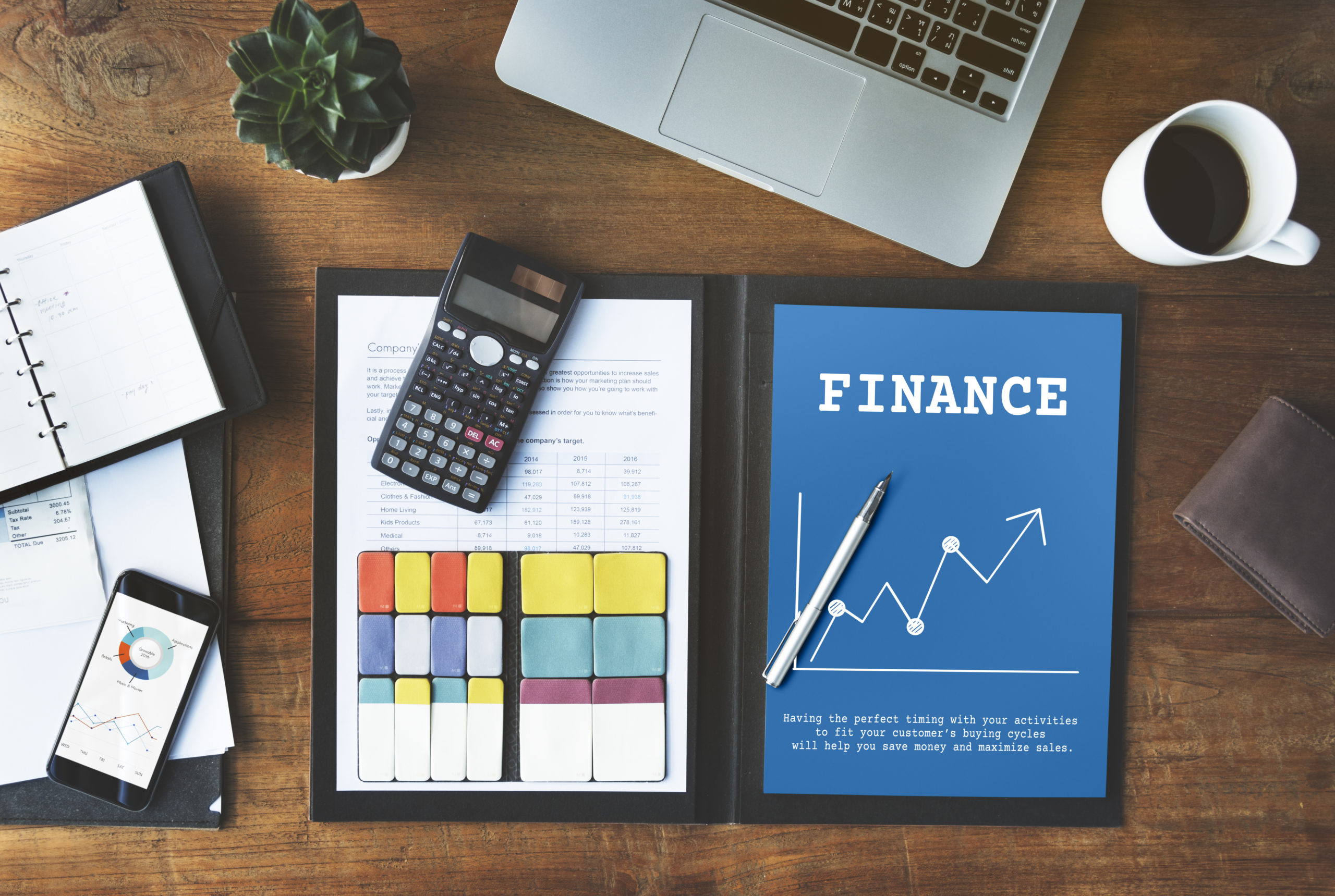Banking
Threading the needle: How Americans balance building emergency savings while paying down debt
- A big chunk of growing credit card debt is eating into consumers’ savings funds.
- While consumers are aware of the need for emergency funds, they are also trying to simultaneously pay down debt to keep their credit in good shape.








